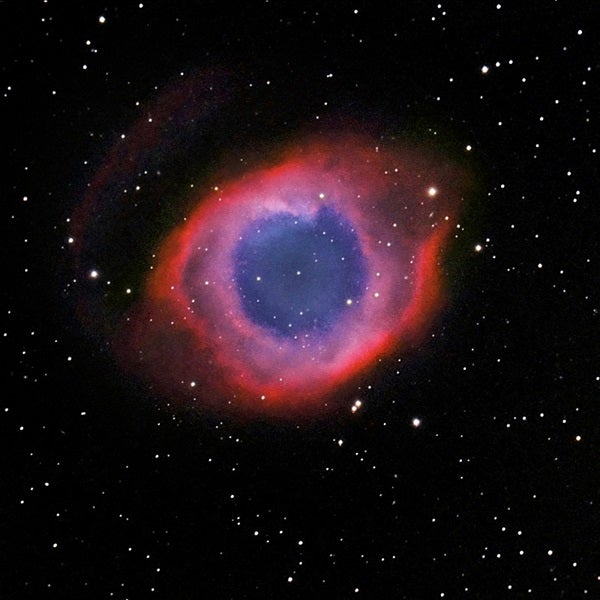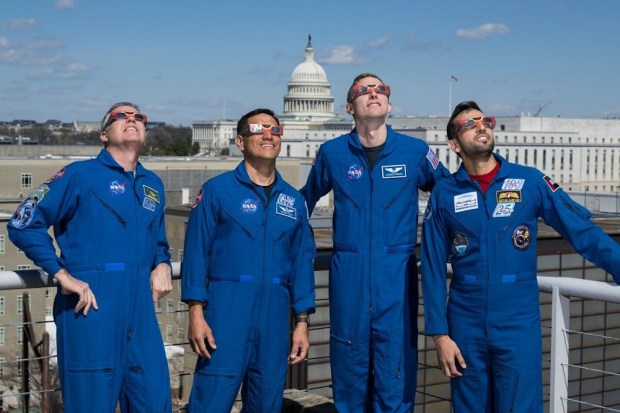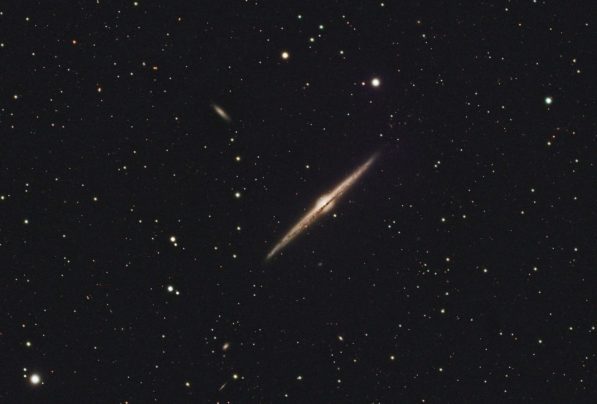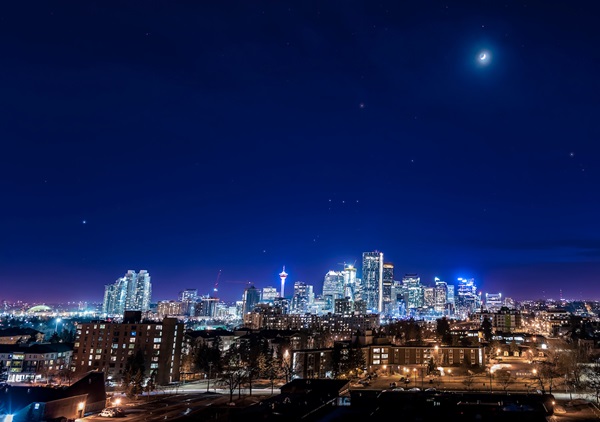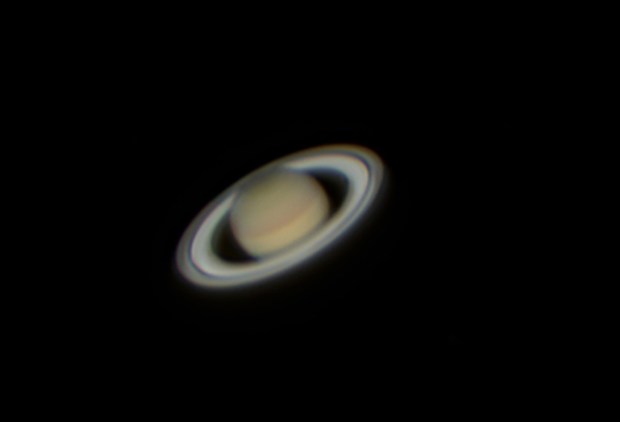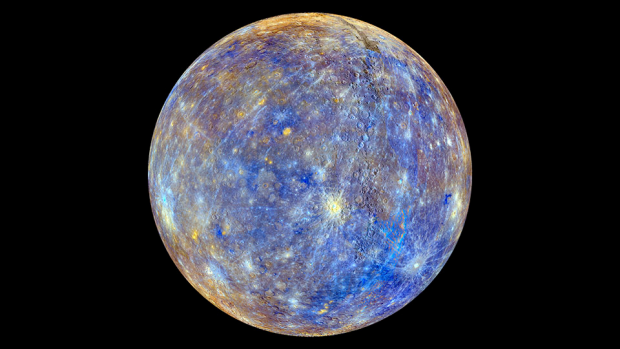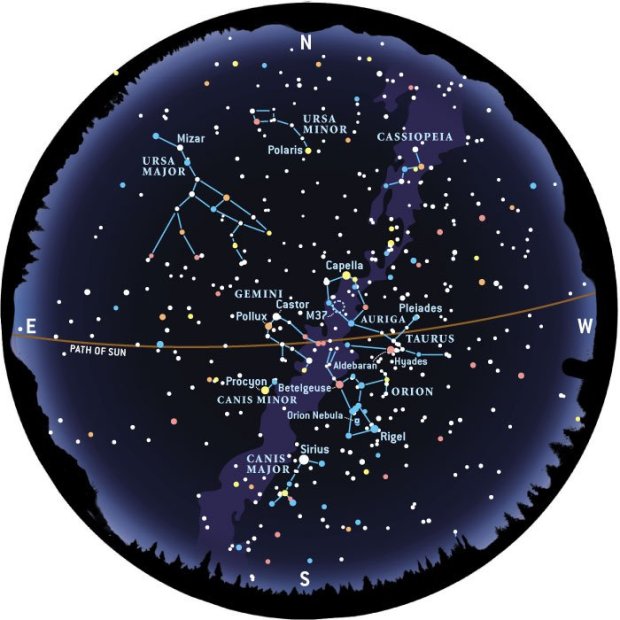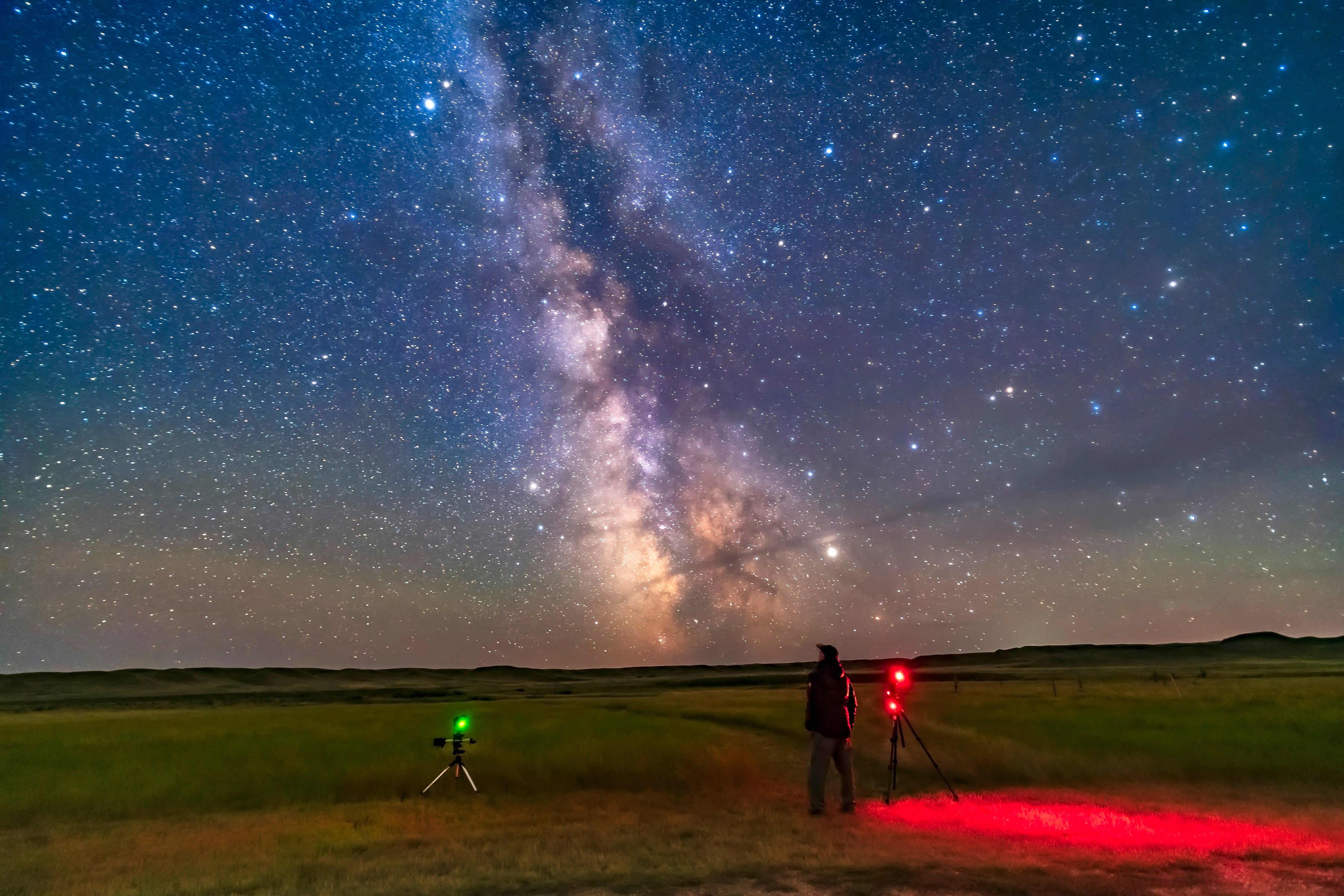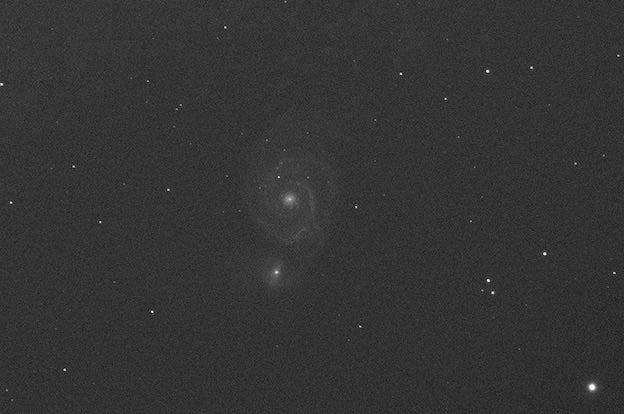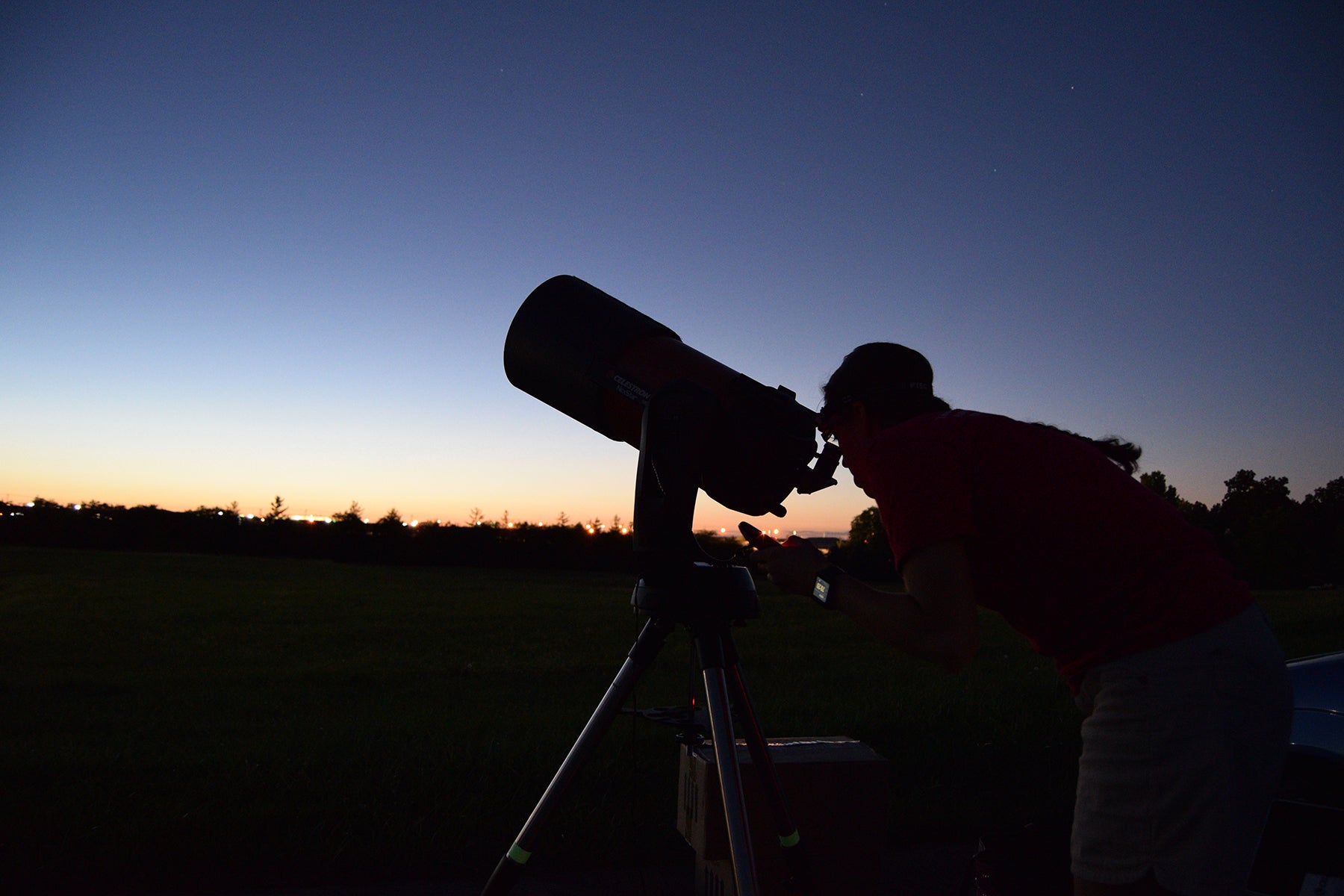Back in the early 1970s when I was a fledgling skygazer, I was thumbing through a sky guide seeking targets for my 3-inch reflector. I came across a listing for the Helix Nebula, described as a 7th-magnitude planetary nebula. “Piece of cake,” I thought as I set up my scope. I centered the finder on the nebula’s location less than 1½° west of the 5th-magnitude star Upsilon (υ) Aquarii and peered into the eyepiece. Nothing! A lengthy search with different magnifications failed to do the trick. Was something wrong with the telescope or my eye?
As it turns out, the telescope was just fine. So was Chaple (at least visually). The Helix Nebula is 7th magnitude, but unlike a 7th-magnitude star, which is a point source, NGC 7293’s light spreads out over an area about 15′ across. Center a 7th-magnitude star in the eyepiece field, defocus it until it’s half the Moon’s apparent diameter, and you’ll have a hard time seeing anything! This is why the Helix, despite being one of the brightest planetary nebulae, is also one of the most elusive. Even William Herschel failed to capture it during his all-sky surveys of the late 18th century. No surprise, because the Helix is actually easier to see with binoculars and small rich-field telescopes than it is through high-power instruments like the huge reflecting telescopes Herschel used.
Knowing what I was up against, I returned to the Helix Nebula in the summer of 1981. Through the same 3-inch scope I had used during that ill-fated first attempt, I could make out something large, faint, and circular. To be sure I wasn’t hallucinating, I asked a friend nearby to confirm my sighting. He saw it, too. Gotcha, Helix!
Last month, I commented on the fact that a majority of deep-sky objects show up telescopically as either starlike specks or faint fuzzies. The Helix Nebula is a “faint fuzzy” to the extreme — definitely not a visual “wow” object. We need to learn more about it to conjure up an intellectual “wow!”
We begin by traveling about 12,000 years back in time and some 650 light-years into space to a dying star. In its lifetime, it was similar in mass and size to our Sun. But with its hydrogen fuel depleted and its core collapsing, it has begun shedding its outer layers as an expanding envelope of gases.
Flash forward to the present, and these gases are still rushing outward at a speed of up to 16 miles (25 kilometers) every second. The tube-shaped envelope is now nearly 3 light-years across — more than two-thirds the distance between us and the star Alpha (α) Centauri. In its center, visible as a 13th-magnitude sun, is all that remains of the once vibrant star. About the size of Earth but with much of the mass of the original star, it’s a white dwarf so dense that a spoonful of its matter weighs several tons. Wow!
The Helix Nebula offers three visual challenges. Can you capture it through binoculars or a small telescope? What’s the smallest aperture with which you can discern its annular form? What’s the smallest aperture that allows you to spot its 13th-magnitude central star?
Questions, comments, or suggestions? Email me at gchaple@hotmail.com. Next month: A star-hop in Aries. Clear skies!


